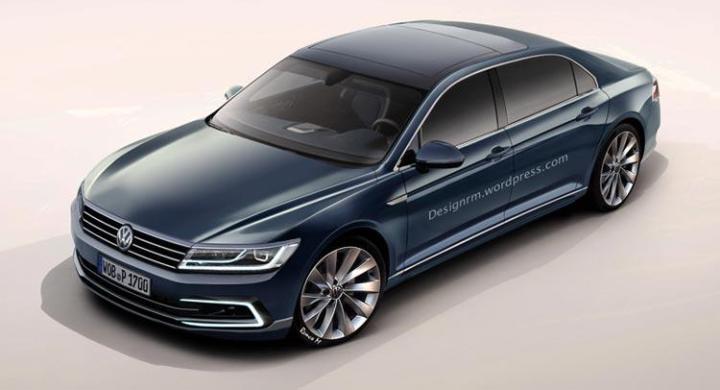
Now, Volkswagen is developing the next generation of the sedan, and after a long hiatus from the U.S. market (where it didn’t sell all that well), the 2017 Phaeton will return to the states. New details about the model are emerging, including information about its powertrain options.
The most significant bit of news is that the Phaeton will have a plug-in hybrid version for the first time. Previous generations had diesel engine options for the European market, but a hybrid drivetrain will help the Phaeton rival models like the Mercedes-Benz S550 Hybrid.
In the Phaeton’s most important markets: the U.S. and China, hybrid versions of luxury sedans seem to be more about status symbols that outright efficiency. That said, if fuel efficiency really doesn’t matter to the buyer, then VW Group’s new twin-turbocharged 6.0-liter W12 engine with over 600 horsepower and 663 pound-feet of torque is the way to go. Even with that kind of power, the new W12 will average 22 miles per gallon combined.
As with the first generation of the Phaeton, Volkswagen plans to compete with the Mercedes S class and Lexus LS, while its Audi A8 will take on the BMW 7 Series. What remains to be seen is if the new Phaeton will sell any better than its predecessor, which, even at a discount compared to its rivals, didn’t quite have the pedigree to lure $100,000 sedan shoppers.
Look for some trend-setting technology and styling to set the Phaeton apart from the rest of the Volkswagen lineup when it goes on sale towards the end of 2016.
Editors' Recommendations
- 2024 Mercedes-AMG S63 E Performance first drive review: high-performance plug-in
- Mercedes downsizes its plug-in hybrid tech with the new A250e sedan, hatchback
- Mercedes-AMG GT 73 plug-in hybrid will unleash 805 hp, report says


